DJI Flip review: The ultimate beginner drone with pro-level performance
DJI Flip combines stunning 4K video, smart AI tracking, and extended flight time in a lightweight, beginner-friendly drone

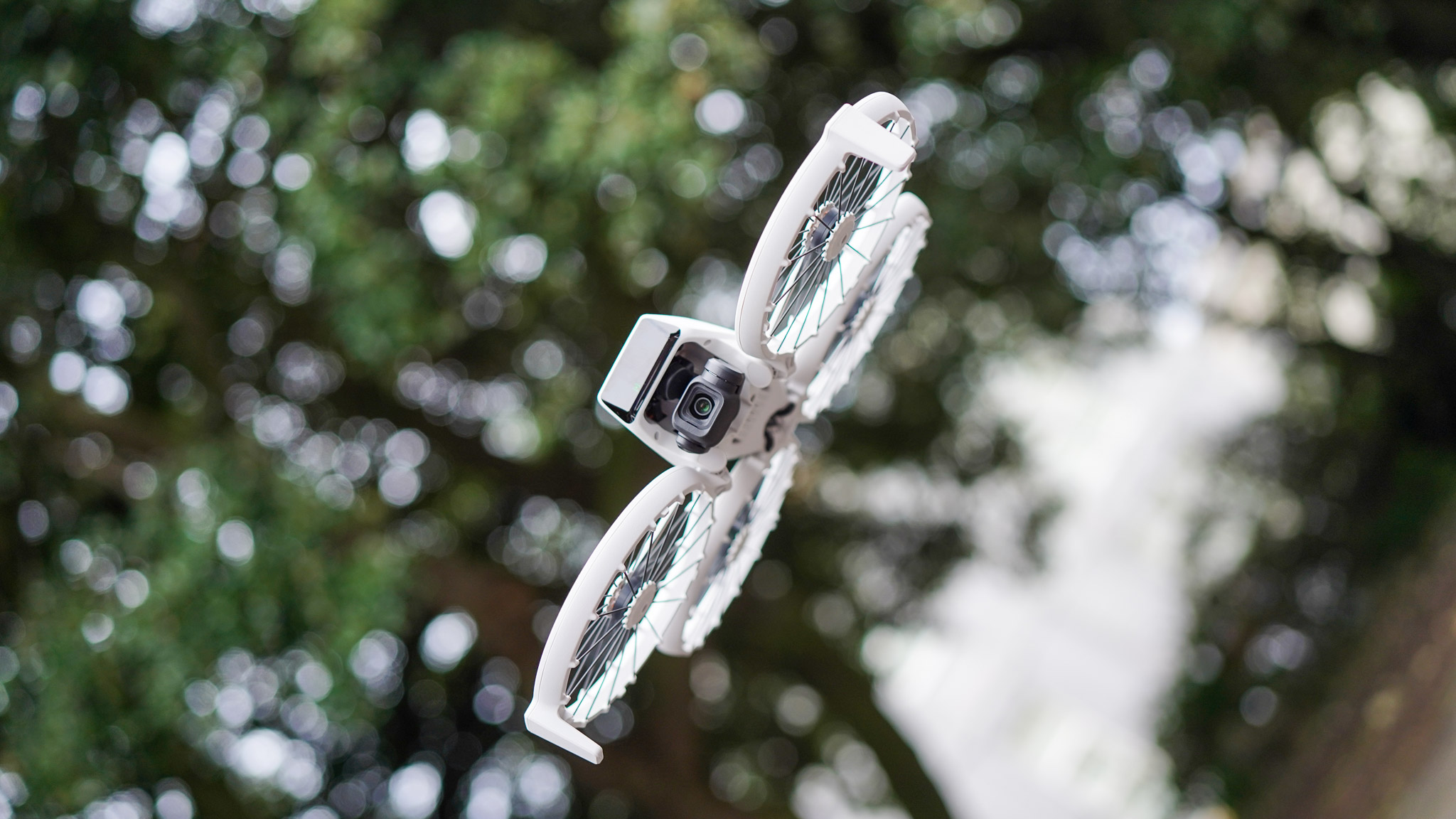

The DJI Flip is the ultimate beginner drone, blending impressive AI features, stunning 4K camera performance, and double the flight time of the Neo, all in a lightweight, user-friendly design. Its affordability, paired with premium functionality, makes it an unbeatable choice for new pilots ready to elevate their aerial creativity.
-
+
Amazing photo and video quality
-
+
Affordably priced
-
+
Folding design with propeller guards
-
+
Long flight time
-
+
Autonomous shooting modes
-
+
Selfie mode
-
-
Nowhere near the flight speed of ‘big boy’ DJI drones
Why you can trust T3

DJI is one of those brands that won’t ever stop innovating. Despite entering many new product categories last year – from portable power stations to electric mountain bikes – the company stayed true to its roots by also launching a heap load of drones last year.
One of these was the DJI Neo, one of the company's cheapest and, quite frankly, most exciting drones. This dinky, super-affordable drone can be operated without a controller and perform certain manoeuvres independently.
Its camera performance isn’t on par with the brand’s mid-range models, though, and the flight time is comparatively short. Enter the DJI Flip, which I think is the best drone from the brand for beginner pilots. It might look a bit stranger than other DJI drones due to the propeller guards, but the camera performance is stunning, and it has pretty much double the flight time of the Neo.
The Flip also offers controller-free operation with AI-powered subject tracking and weighs under 249g, which means you won’t need to worry about advanced pilot licences. It’s just like DJI Mini 4 Pro but much cheaper and safer. Is the DJI Flip the ultimate beginner drone? Let’s find out.
DJI Flip review
Price and availability
The DJI Flip was launched on 15 January 2025 and is available to buy now at DJI, with prices from $439/ £369/ AU$699 (Standard Combo with the RC-N3 controller). The DJI Flip RC 2 Combo comes in at $639/ £549/ AU$949, with the only real difference being the inclusion of the DJI RC 2 Controller. The ultimate DJI Flip Fly More Combo costs $779/ £659/ AU$1,159 and includes three batteries, three spare propeller pairs, a gimbal protector, a shoulder bag and a charging hub.
You can tell DJI is positioning the Flip in a higher bracket than the Neo by the controller. The former comes bundled with the RC-N3 Controller, the one without the built-in screen. The Flip’s RC 2 controller doesn’t require your phone for the preview, so you can text and drone at the same time (just kidding; you should never take your eyes off the drone when in flight).
Specifications
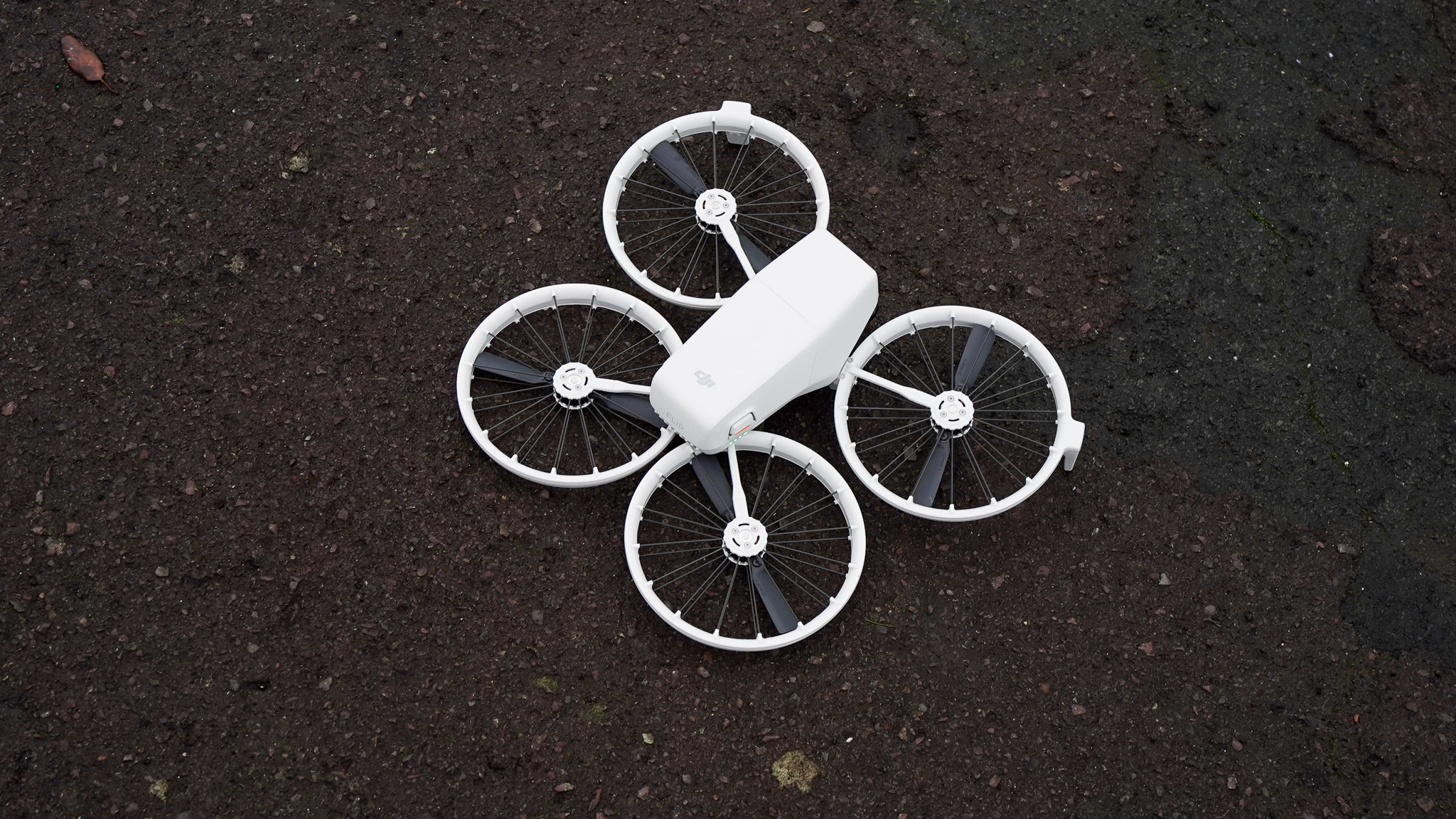
- Dimensions (L×W×H): 233×280×79 mm (unfolded), 136×62×165 mm (folded)
- Weight: 249 grams
- Battery life (flight time): approx. 31 mins
- Range: 14 km
- Max Wind Speed Resistance: 10.7 m/s (Level 5)
- Built-in GPS: yes, GPS + Galileo + BeiDou (no GLONASS)
- Internal storage: yes, 2 GB
- Sensor: 1/1.3-inch image sensor
- FOV: 82.1 degrees
- Max photo resolution: 48MP
- Max video resolution: 4K (3840×2160) @ 60fps (horizontal shooting); 2.7K (1512×2688) @ 30fps (vertical shooting)
- Image stabilisation: 3-axis mechanical gimbal (tilt, roll, pan)
- Connectivity: WiFi
Design and build quality
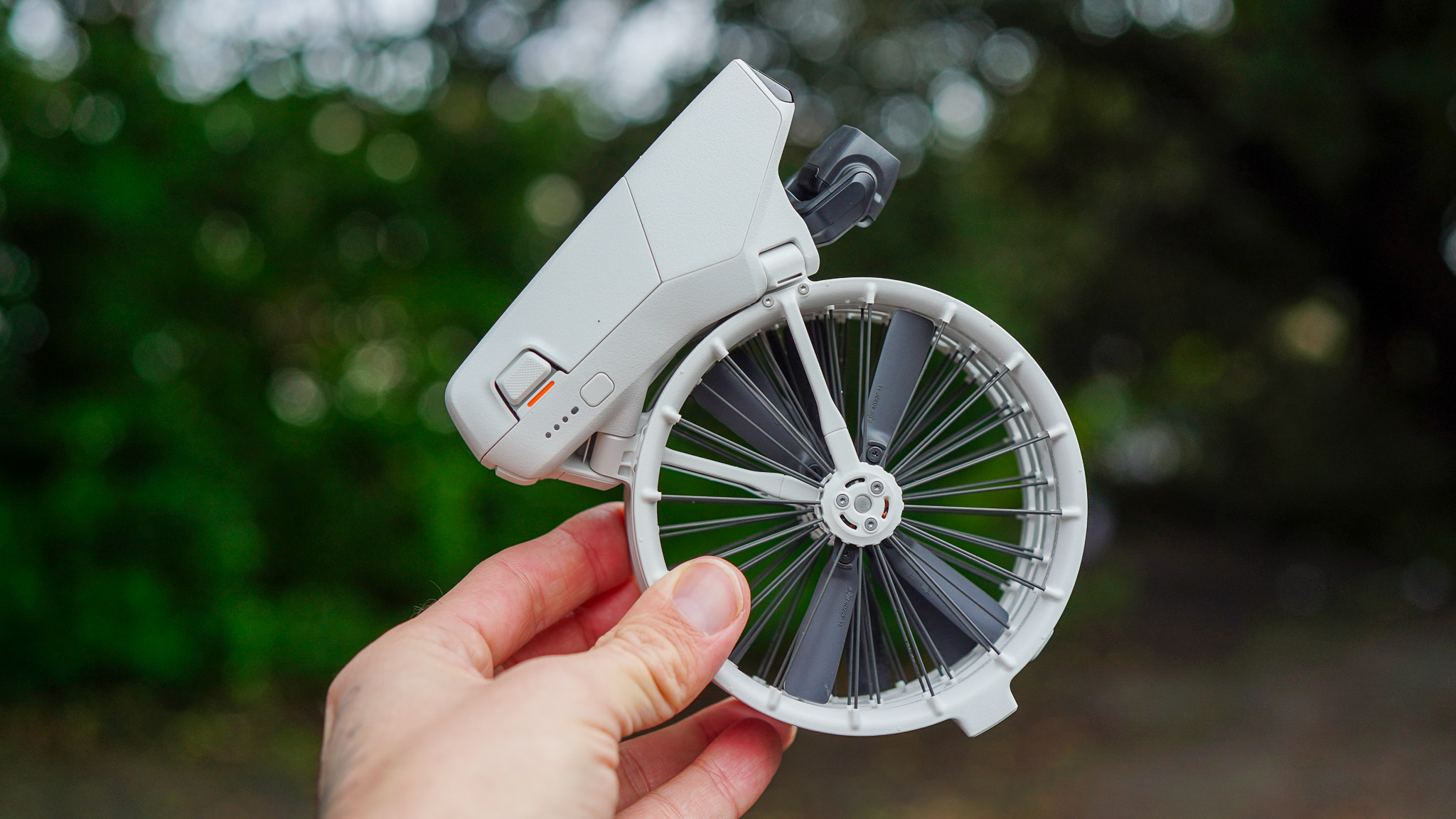
Although the DJI Flip shares some functional similarities with the Neo, its design is markedly different. When unfolded, it’s considerably larger than the compact Neo, measuring 233×280×79 mm. It also weighs nearly twice as much at 249g. Even so, it remains a small and lightweight drone—though not quite palm-sized.
Get all the latest news, reviews, deals and buying guides on gorgeous tech, home and active products from the T3 experts
The Flip’s most striking feature is its expansive propeller design, safeguarded by web-like protective guards. These non-removable guards are thoughtfully engineered to shield both pilots and bystanders from accidental contact with the propellers. For beginner pilots, the perceived risk of exposed blades can be daunting—but that’s not an issue with the Flip.
Though it sports large propeller discs, the Flip folds down neatly. In fact, it collapses in the same intuitive manner as most DJI drones (unlike the non-foldable Neo), making it exceptionally easy to transport and store. I received the Fly More Combo for testing, which includes a carry bag, and I was genuinely impressed by how perfectly the drone and its accessories fit inside.
The Flip is equipped with a sophisticated 3-axis mechanical gimbal that delivers remarkably stable, fluid footage. Paired with a sizable 1/1.3-inch image sensor, it captures stunning videos at up to 4K@60fps and crisp 48MP stills through its 82.1-degree FOV camera. While it features a single-camera setup, the Flip also supports vertical video recording in 2.7K@30fps.
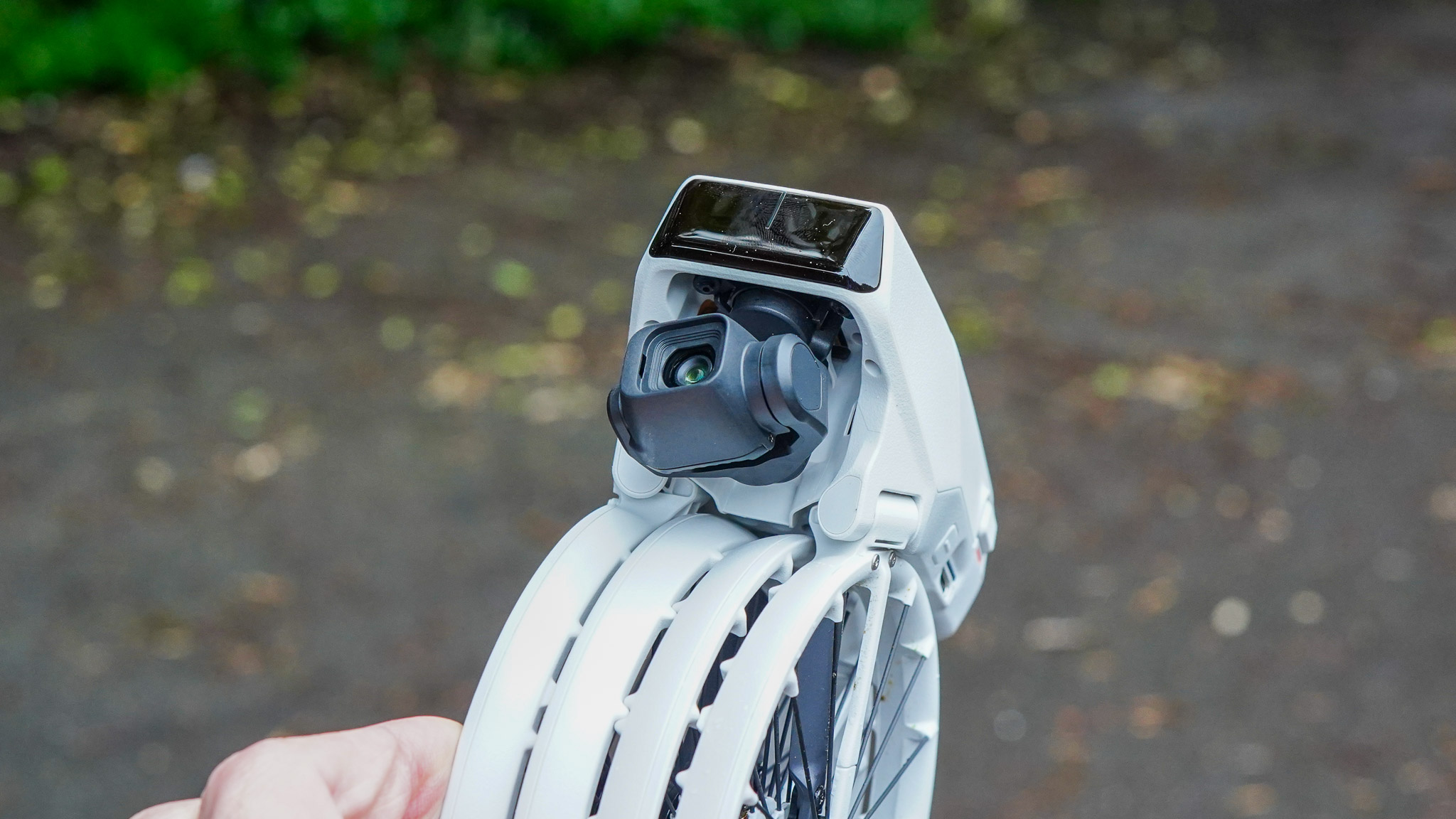
Positioned above the camera unit is the 3D Infrared Sensing System, enabling the Flip to detect obstacles ahead even in low light conditions. Additionally, downward-facing cameras—similar to those on the Neo—assist with smoother take-offs and landings, even without a stable GPS connection.
Despite its lightweight construction, the DJI Flip boasts an impressive Level 5 wind-resistance rating, capable of withstanding wind speeds up to 10.7 m/s. It remains steady and responsive even in turbulent conditions (more on this below). The drone also offers 2GB of internal storage, expandable via an SD card.
For simplicity, the Flip features just two buttons: one to select functions and initiate autonomous flight, and another to power the drone on and off. Operating it couldn’t be more straightforward.
Flight performance
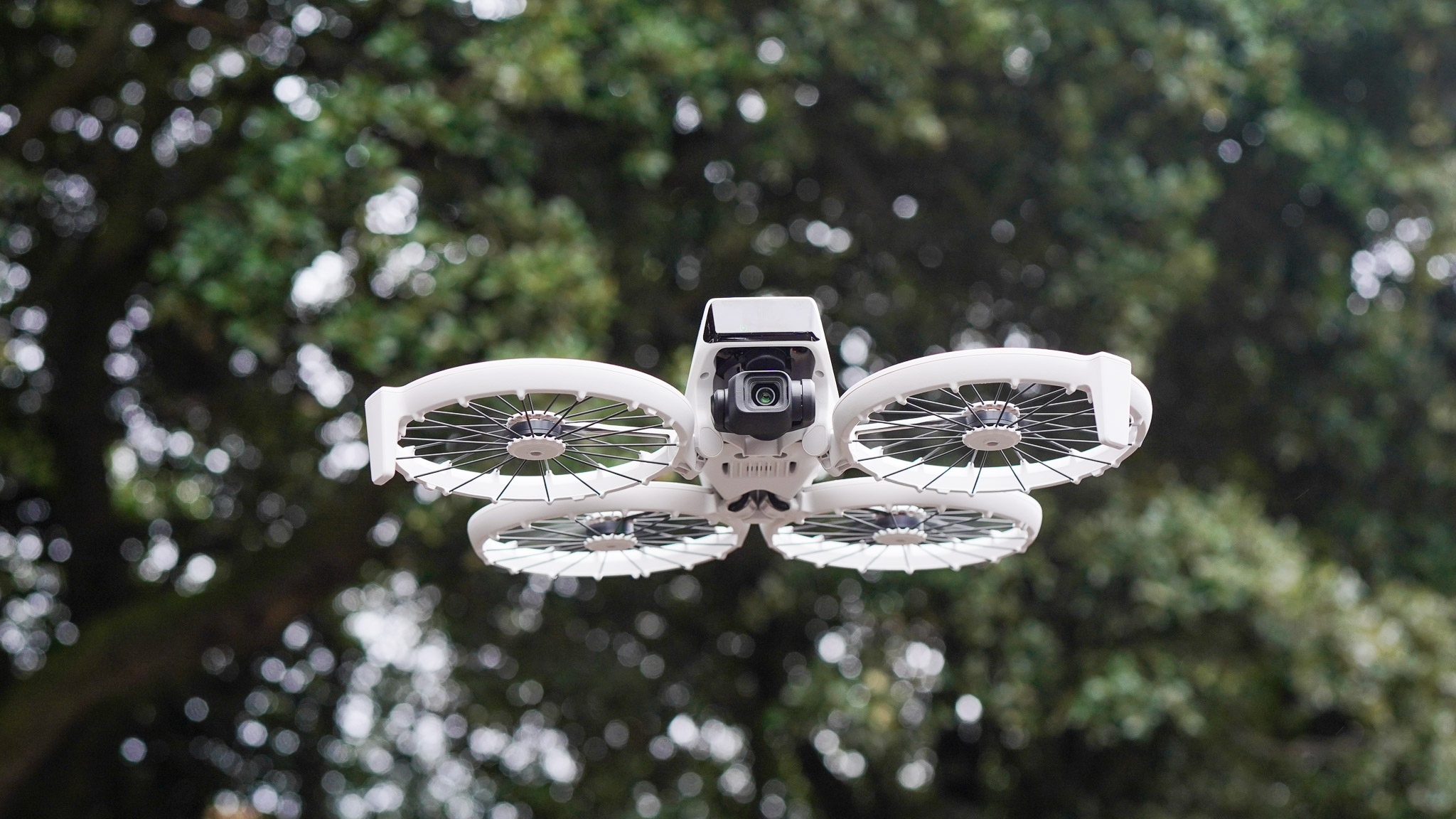
Much like the Neo, the DJI Flip can be operated in three ways: via the DJI Fly app, using a DJI RC controller, or with the onboard button. Each method offers its own advantages, which I’ll break down below.
Using the button on the drone is arguably the most convenient way to capture footage. The Flip offers five QuickShot modes—Dronie, Circle, Rocket, Spotlight, and Direction Track—that provide a variety of creative angles, though they do tend to focus primarily on the pilot.
The Flip also features an autonomous Follow mode, enhanced by AI-powered subject tracking and forward-facing infrared sensors. This combination allows the drone to reliably follow its subject. With a top speed of 16m/s, the DJI Flip isn’t the fastest drone out there—it won’t keep up with a motorbike or even a road bike—but it’s perfectly capable of tracking a jogger.
Direction Track addresses a common criticism of the Neo: its inability to track the user from the front. Previously, moving toward the drone signaled it to land, making head-on tracking impossible without a controller. Direction Track solves this. When activated, the Flip maintains its set distance, even if you walk toward it. Once recording stops, the drone reverts to its standard behavior. This feature has also been added to the Neo via a recent software update.
Switching to the DJI Fly app unlocks even more control. Beyond initiating QuickShot modes, the app allows you to fine-tune settings. In follow mode, for instance, you can adjust follow distance (close, medium, far), follow height (low, flat, high), and camera mode (defaulted to video). These settings remain active across all controls until manually changed.
The app also lets you customise other flight modes—adjusting height and rotation in Rocket mode, setting a flat trajectory in Dronie mode, or defining the maximum distance in Circle mode, to name a few. Additionally, manual flight control is available through the app. While the absence of physical buttons makes it less intuitive, it adds versatility. Notably, recording audio—whether through your phone’s microphone or external devices like the excellent DJI Mic Mini—is exclusive to the app.
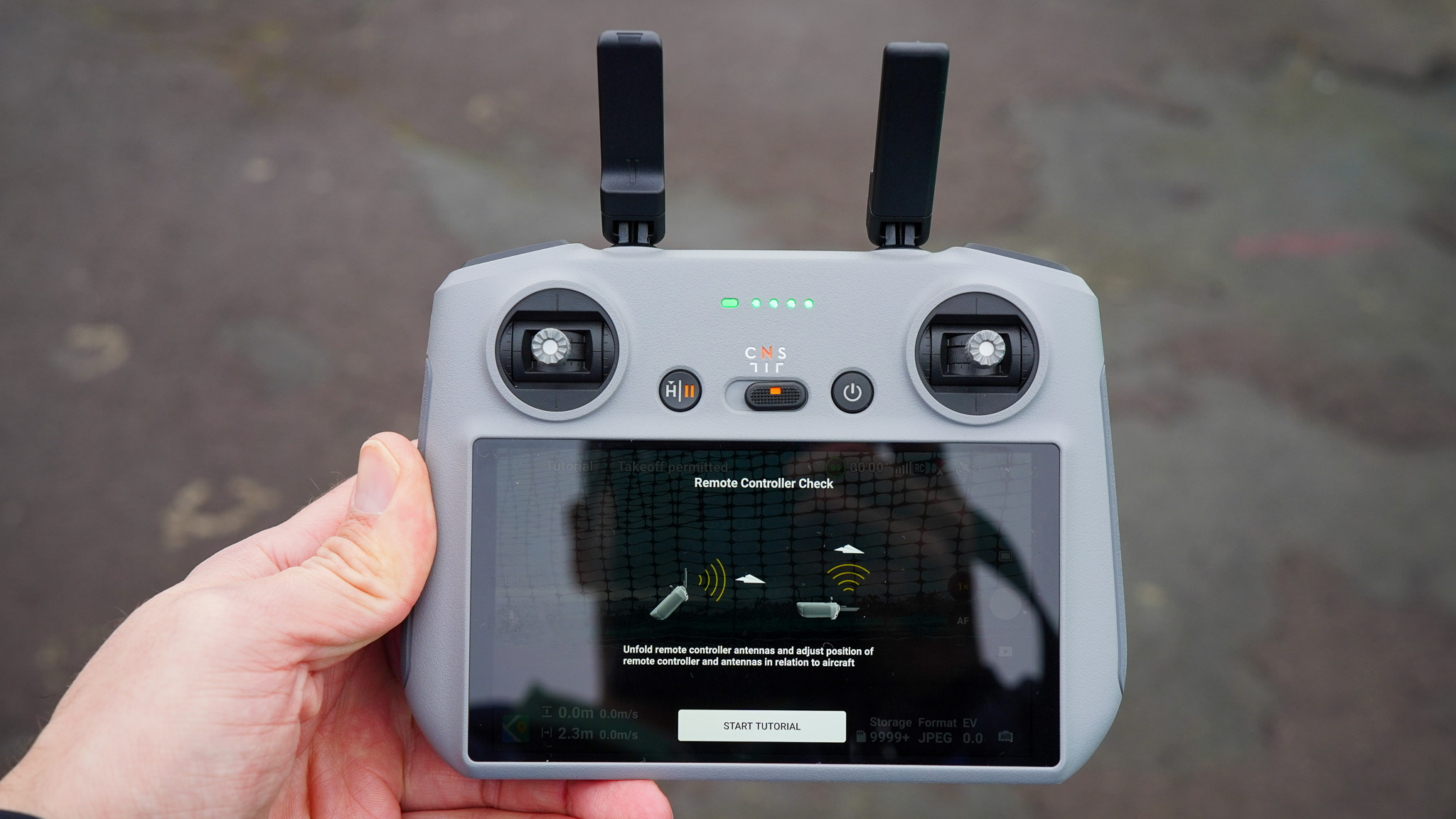
For those who prefer hands-on control, the RC controller is essential. I used the superb DJI RC 2 with its built-in display, which made piloting the Flip remarkably intuitive. It’s not quite as effortless as letting the drone handle everything, but the RC 2 offers a satisfying sense of control.
The controller also makes it easier to switch between video and photo modes and adjust speed settings. Its larger interface and programmable physical buttons offer a more user-friendly experience. Personally, with my larger hands, using the phone felt cumbersome—but I had no such issues with the DJI RC 2.
The Flip’s Level 5 wind resistance and 3-axis gimbal ensure stable, fluid footage even in challenging conditions. Living by the coast, I often face strong winds, yet the Flip handled gusty weather impressively. Warning messages occasionally appeared on the display, but the drone remained steady and secure in the air.
Camera performance
The Flip is equipped with what DJI proudly calls a high-quality imaging system, a claim it more than lives up to. At its core is a sizeable 1/1.3-inch sensor with Dual Native ISO integration, paired with a 24mm wide-angle lens and a bright f/1.7 aperture. While the Flip features only a single lens—unlike the multi-lens setups on the Mavic series—it still delivers exceptional image and video quality.
In fact, DJI’s superiority in image quality is what truly sets it apart from competitors. Many drone brands boast 4K capabilities but place their footage side-by-side with DJI’s, and the difference is striking. The Flip easily punches above its weight, empowering you to capture breathtaking visuals.
The Flip can record videos in stunning 4K at 60fps in landscape mode and 2.7K at 30fps when shooting vertically. Still images reach up to 48MP, with the added benefit of RAW photo support for greater editing flexibility. DJI also includes Glamour Effects for exported footage, adding a subtle touch of polish and vibrancy.

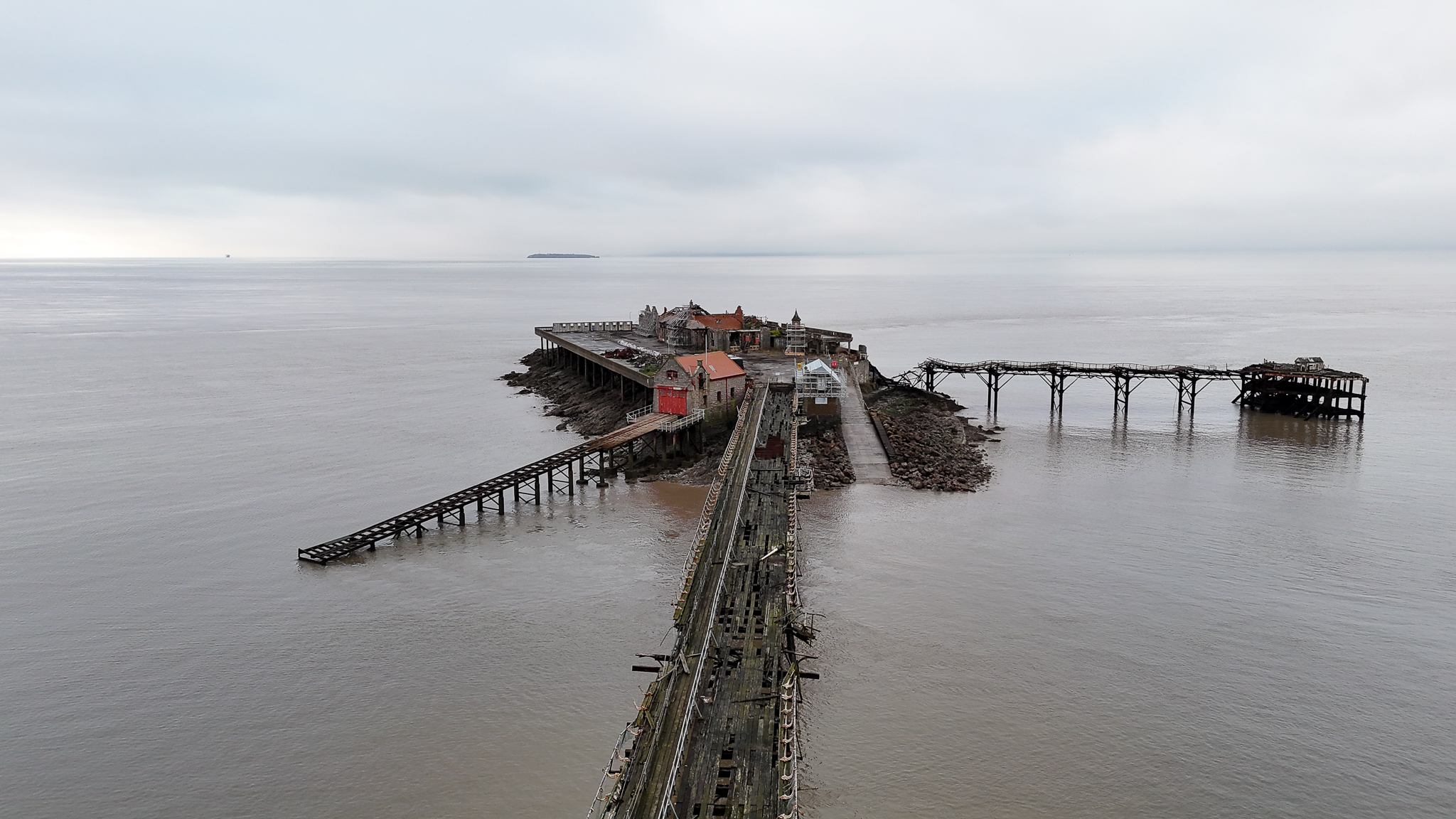

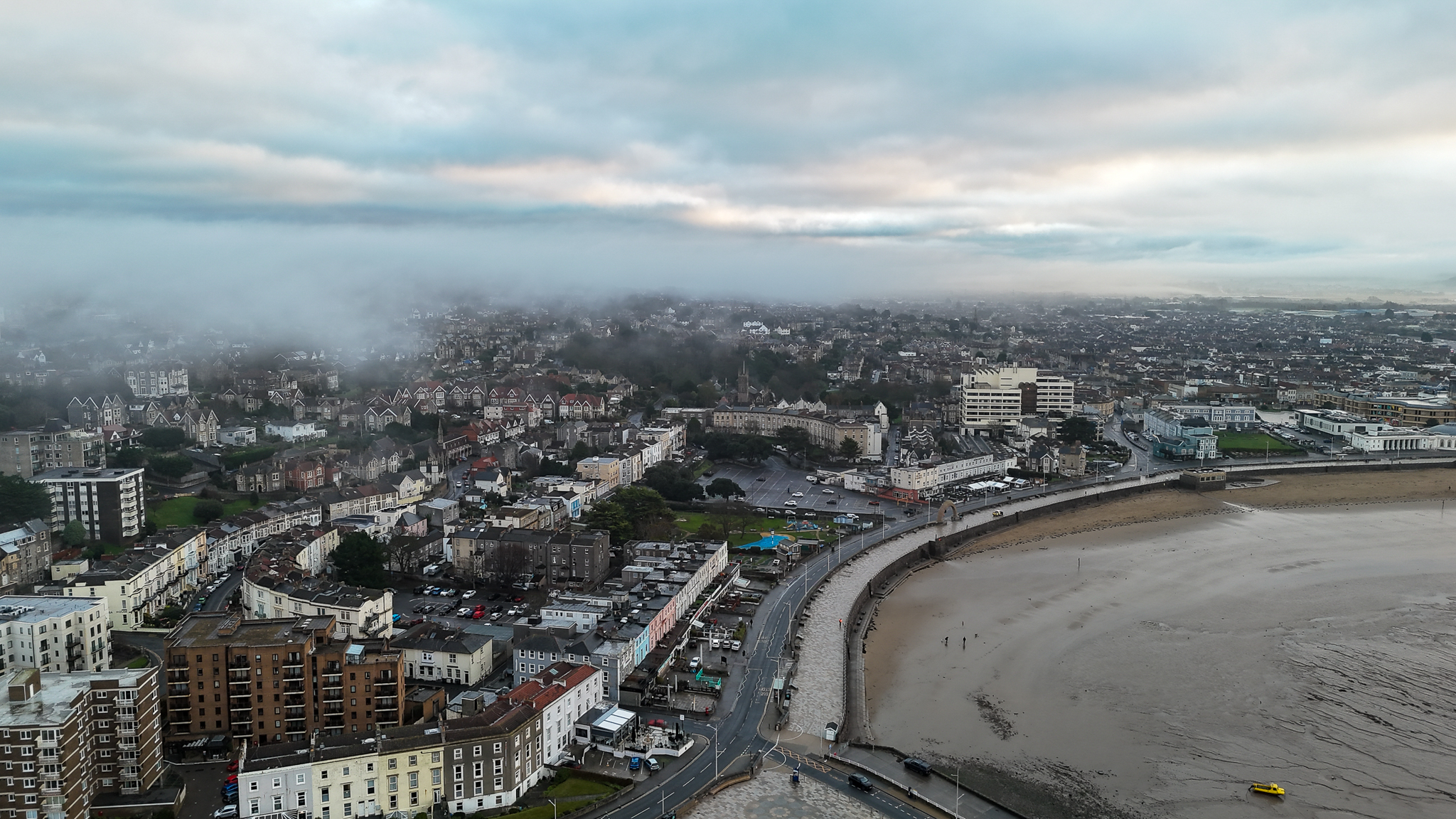






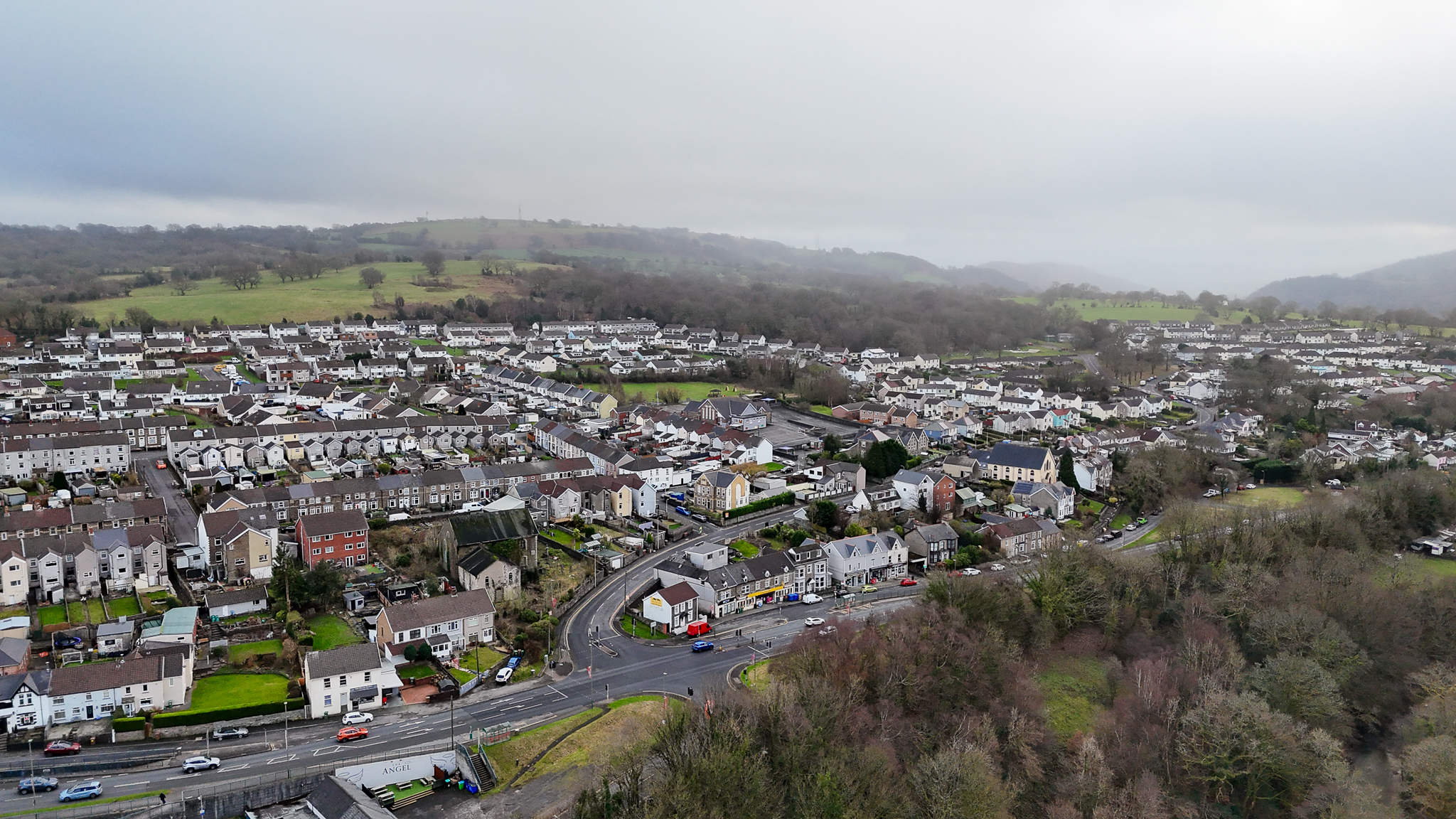
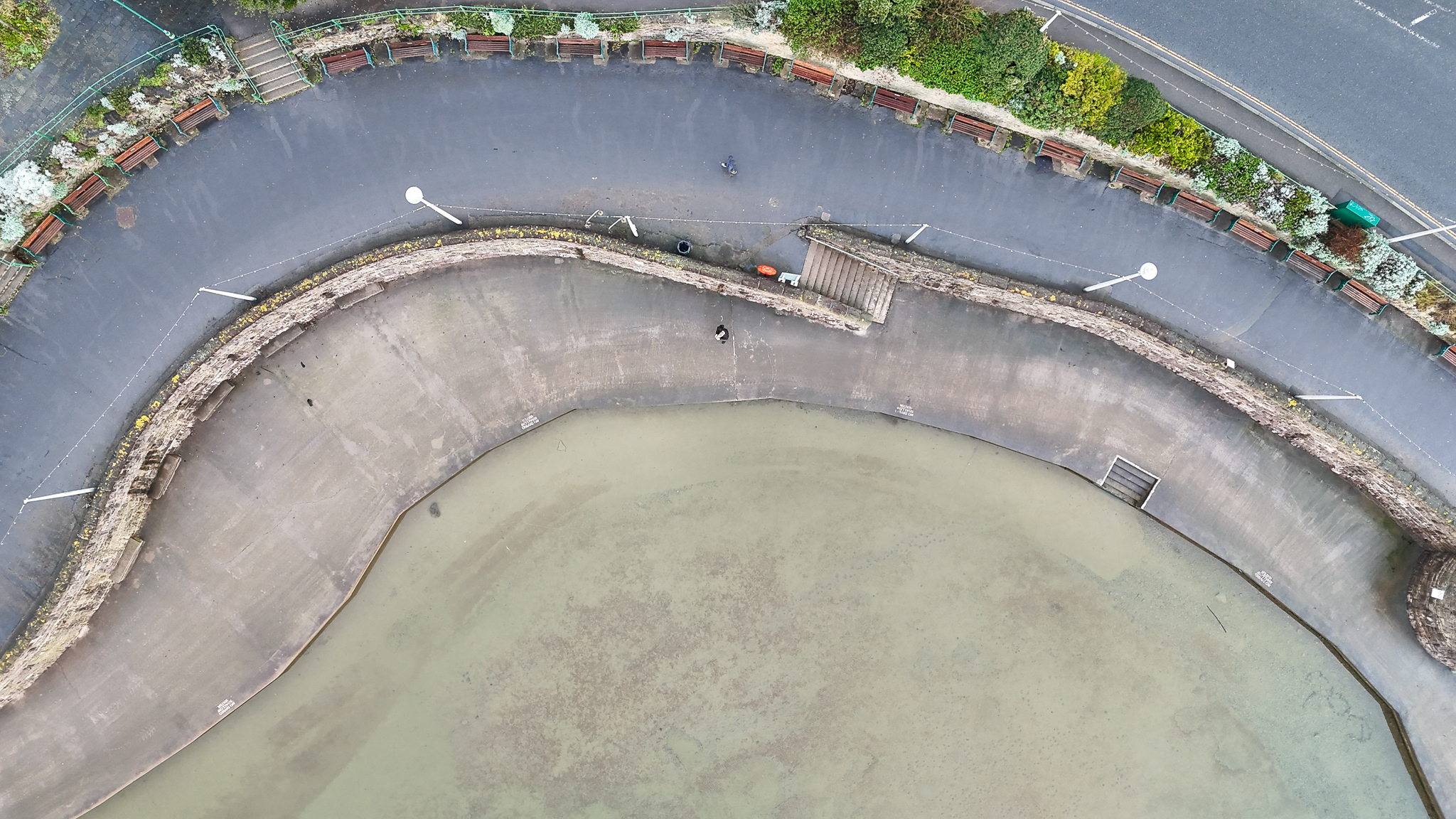
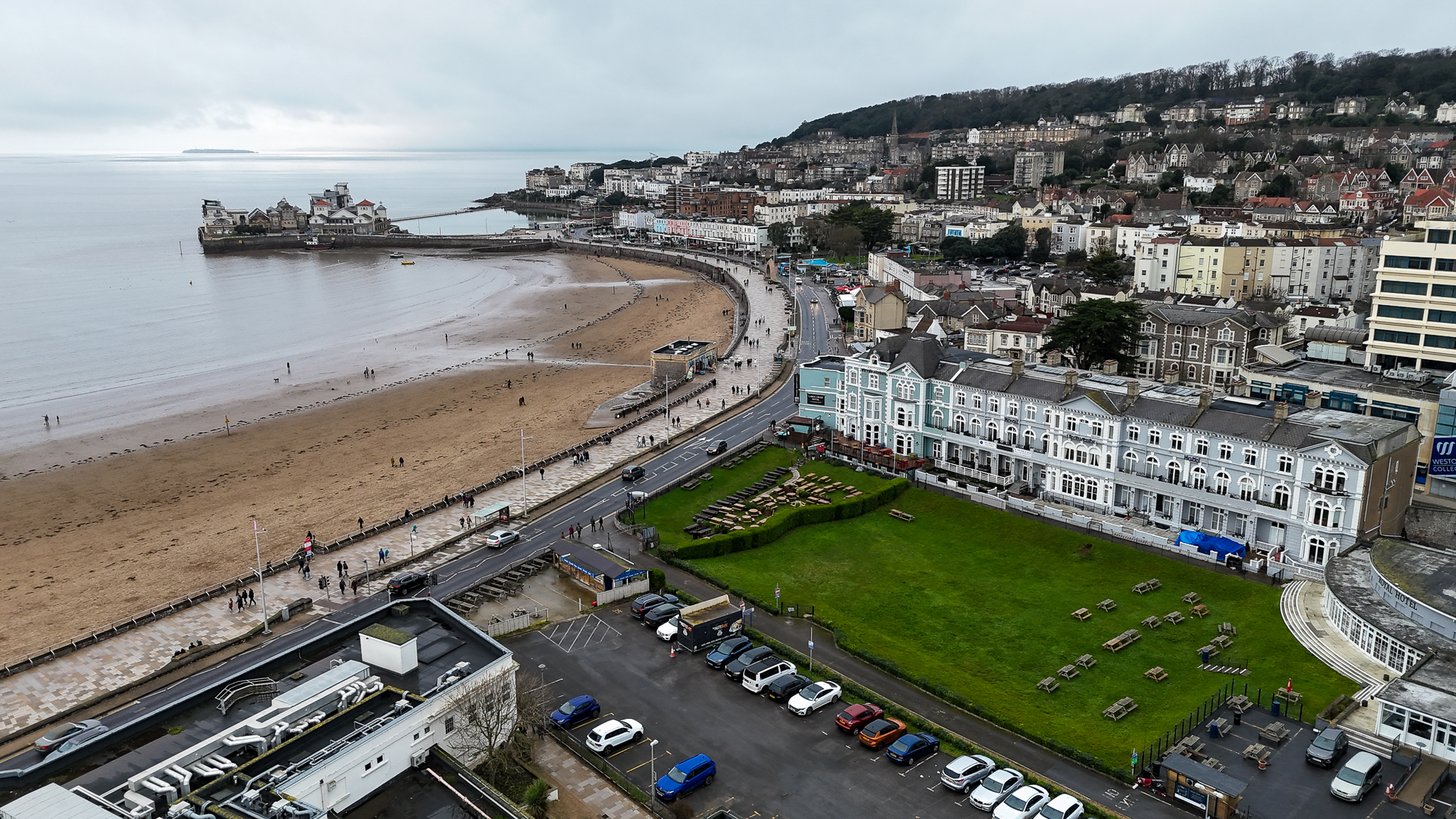
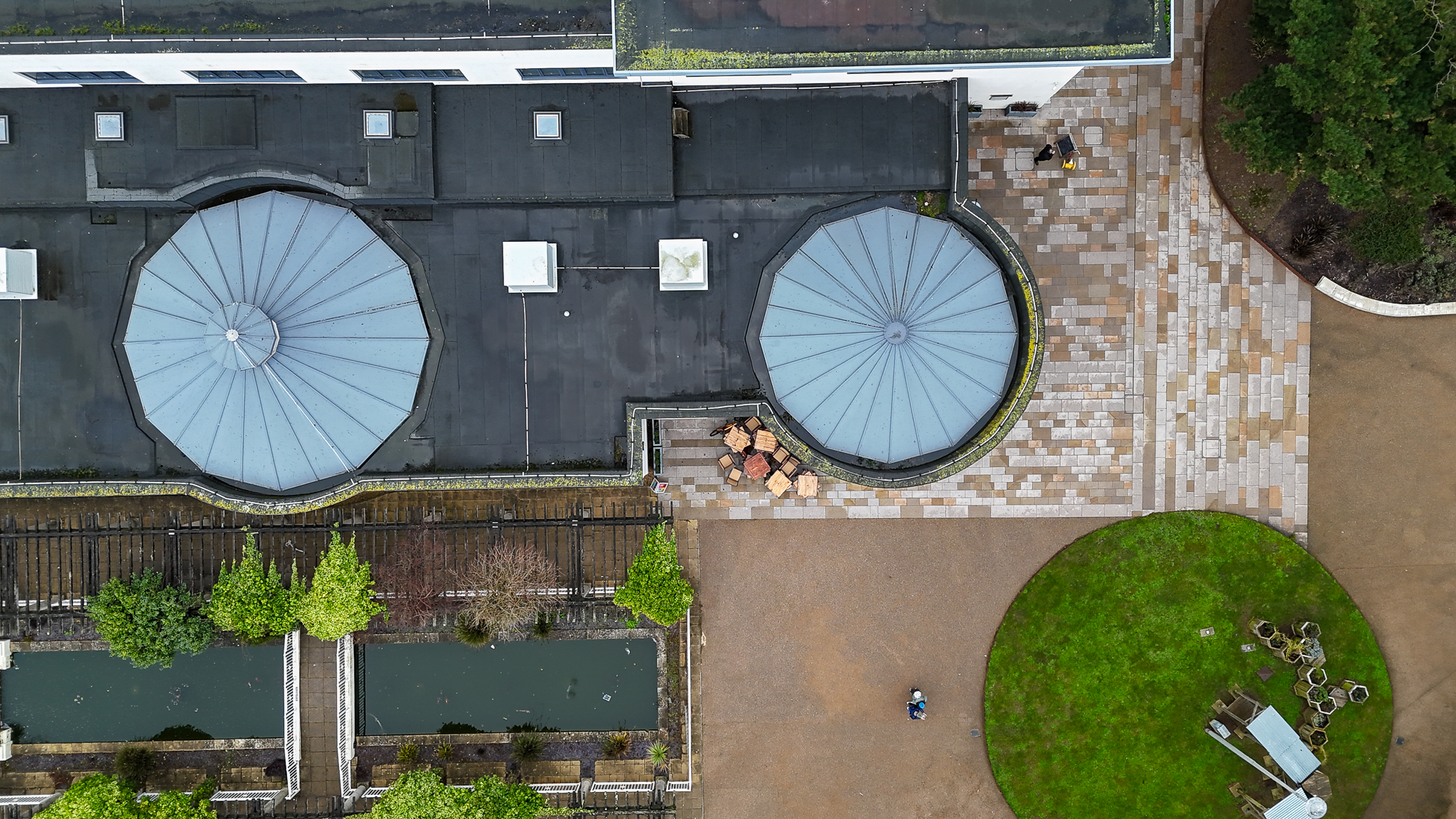
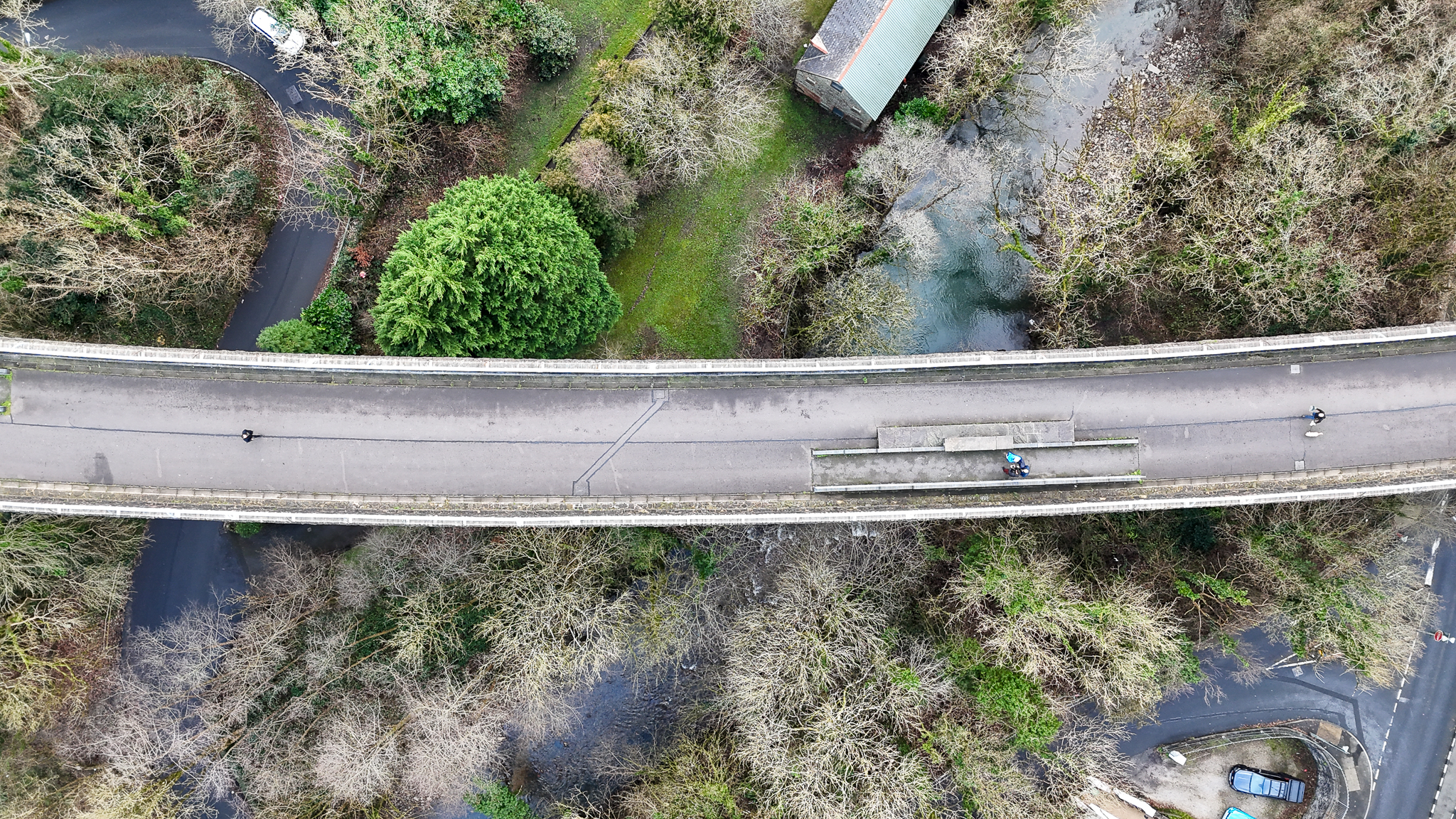
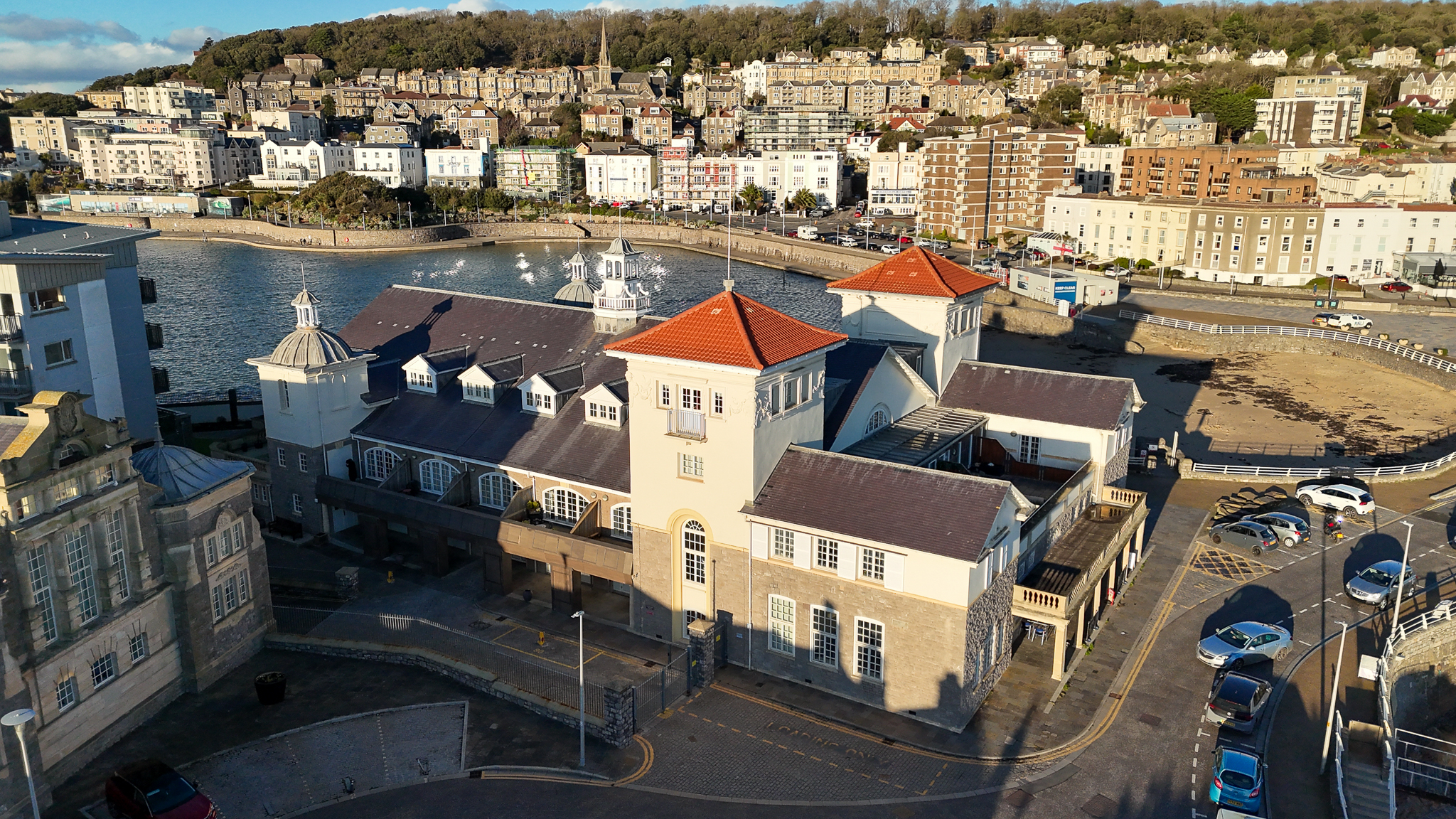

Photos captured by the Flip are nothing short of spectacular, and its videos are remarkably fluid. At first, I assumed I had set the camera to 60fps because of how smooth the footage was, only to realise later it was actually running at 30fps. That’s how effortlessly the Flip handles motion.
The addition of vertical shooting mode is a welcome upgrade. Sure, you could crop 4K footage into a vertical format during post-production, but framing your subject is far easier when viewing it live in vertical orientation. Plus, making quick exposure adjustments on the spot becomes much more intuitive.
Using the controller unlocks even more advanced shooting modes, such as MasterShots. Like QuickShots, these automated modes harness DJI’s AI to craft dynamic, professional-looking shots with minimal input. Slow-motion video and panoramic photo modes are also exclusive to the controller, offering even greater creative flexibility.
Battery life and flight time
One big difference between the Neo and the Flip is flight time. While the former could only fly for up to 17 minutes with the propeller guards, the latter has a 31-minute Flight Time (With Remote Controller). Of course, windy conditions and faster flying modes drastically reduce this, but still, it’s impressive that the Flip can, in theory, stay airborne for this long.
If you splash the cash on the Fly More combo, you get the new Parallel Charging Hub, which charges two batteries simultaneously, significantly reducing charging time. The Fly More combo also includes two extra batteries, meaning you can fly your drone for an hour and a half without charging the batteries.
The charging time is around 75 minutes with the battery inserted in the Flip via a USB-C cable but drops to only 45 minutes using the chagrin hub. You can charge two batteries from zero to one hundred per cent, allowing you to fly the drone for an hour. Not too bad! If you can’t wait that long, just get one of the brand’s portable power stations, like the excellent DJI Power 500, and you can charge the batteries and fly the drone simultaneously.
Verdict
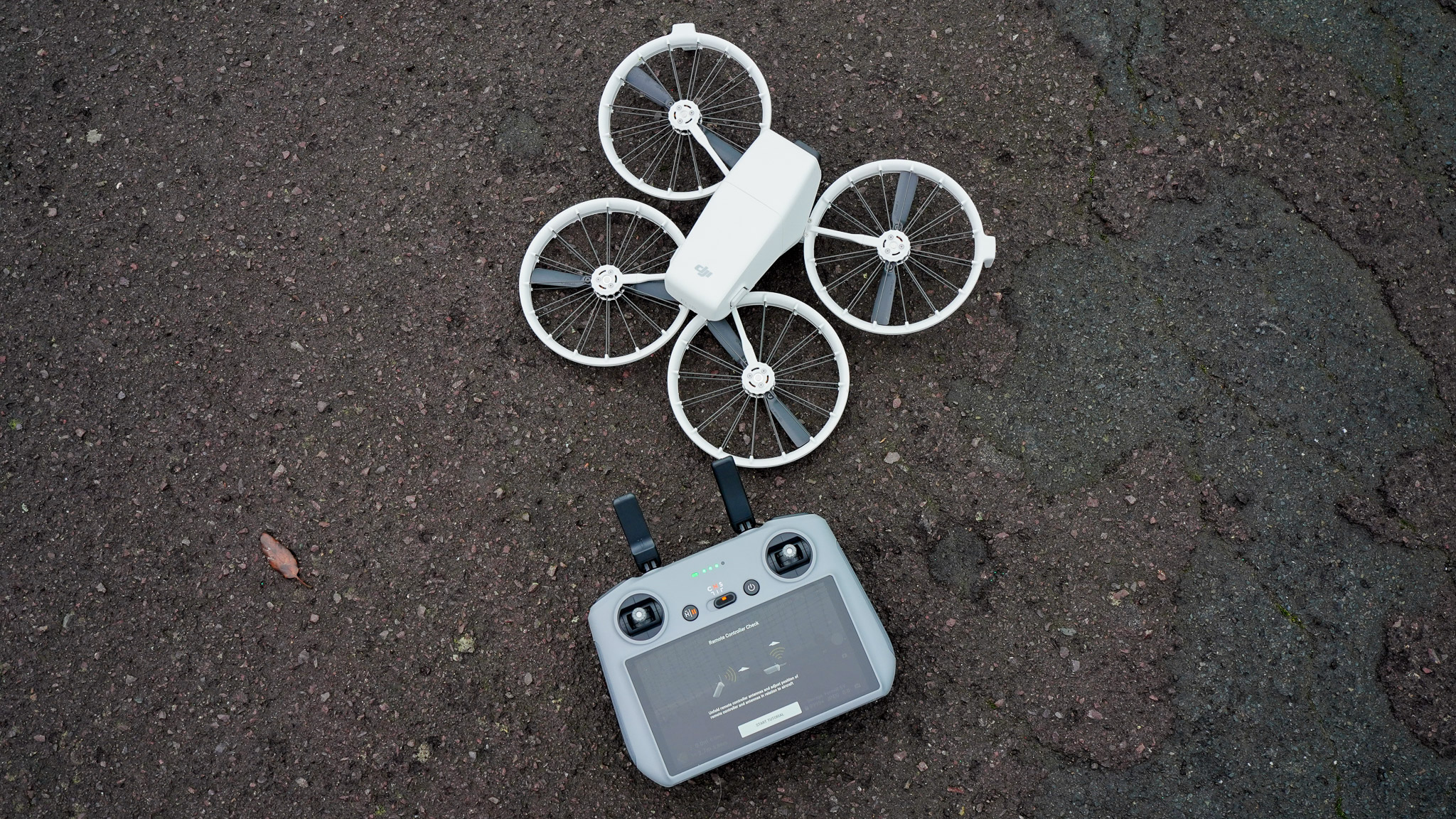
If you’ve made it this far (and didn’t just skip to the end), it should be clear that I’m thoroughly impressed with the DJI Flip. This is an outstanding drone that not only surpasses the Neo but also outperforms most beginner drones on the market.
Its advanced AI capabilities, large sensor, autonomous flight modes, and impressive battery life make it a standout. If you appreciated the Neo but felt it had its limitations, the Flip will more than exceed your expectations. Even better, it’s surprisingly affordable. Given its flight performance and exceptional imaging quality, the Flip offers incredible value for money.
But does the Flip render the Neo obsolete? Not at all. DJI’s smart marketing strategy ensures that both the Flip and the Neo serve distinct purposes, making them excellent choices for beginner pilots. However, for its more premium price, the Flip delivers a significant leap in functionality and image quality that’s well worth the investment.
Also consider
DJI Mini 3: The Mini 3 delivers excellent 4K video and vertical shooting like the Flip but lacks the same AI-powered tracking and safety-focused propeller guards. It’s a great middle-ground for beginners seeking portability without sacrificing image quality.
Autel EVO Nano+: With its large sensor and excellent 4K camera, the EVO Nano+ rivals the Flip in image quality and includes obstacle avoidance. However, it’s more expensive and lacks the same seamless DJI app ecosystem and user-friendly controls.
DJI Mini 4 Pro: The Mini 4 Pro offers more advanced obstacle avoidance and pro-level features like omnidirectional sensors and extended flight range, making it better suited for users ready to invest more. However, it’s pricier than the Flip and may feel less approachable for complete beginners.

Matt Kollat is a journalist and content creator who works for T3.com and its magazine counterpart as an Active Editor. His areas of expertise include wearables, drones, fitness equipment, nutrition and outdoor gear. He joined T3 in 2019. His byline appears in several publications, including Techradar and Fit&Well, and more. Matt also collaborated with other content creators (e.g. Garage Gym Reviews) and judged many awards, such as the European Specialist Sports Nutrition Alliance's ESSNawards. When he isn't working out, running or cycling, you'll find him roaming the countryside and trying out new podcasting and content creation equipment.
